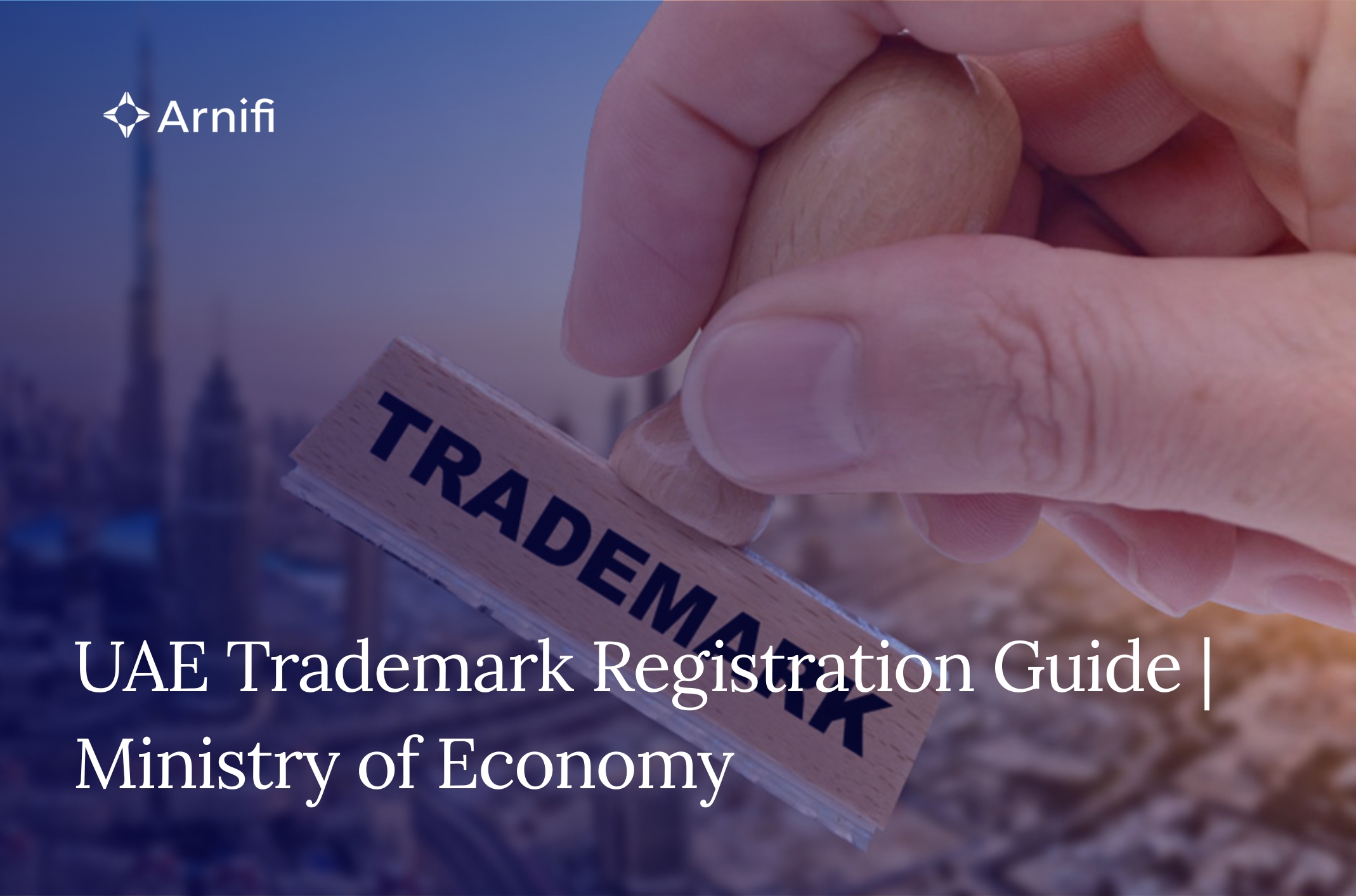Understanding the Assets: A Beginner’s Guide
by
Shethana
Apr 11, 2024  10 MIN READ
10 MIN READ

The Assets in literal sense play a vital role in both personal finance and business success. Whether you’re an individual looking to understand your financial health or a business owner aiming to optimize your company’s value, it’s important to have a clear understanding of assets and how they impact your financial situation.
In this beginner’s guide, we will delve into the world of assets, exploring their definition, classification, and significance in various contexts. We will cover different types of assets, from tangible to intangible, and discuss their role in personal finance and business operations. Additionally, we will provide practical tips for asset management and highlight common mistakes to avoid.
By the end of this guide, you will have a comprehensive understanding of assets and their importance in managing your financial resources effectively.
Defining Assets in Simple Terms
They are valuable resources that hold economic value and are expected to provide future benefits. They can be categorized into various types based on their characteristics and purpose. Assets are recorded on financial statements, such as the balance sheet, which provides a snapshot of an entity’s financial position. Understanding the concept of assets is essential for assessing an individual’s or a company’s financial health and making informed financial decisions.
What Constitutes an Asset?
An asset is a resource of value that has positive economic value and is expected to generate future benefits. In other words, assets are valuable possessions or rights that contribute to an individual’s or a company’s net worth. They can be tangible, such as real estate or machinery, or intangible, such as intellectual property or patents. Assets are crucial for financial reporting and evaluating the financial health and performance of an entity. Lenders often consider a company’s assets when issuing loans, as they provide assurance of the company’s ability to repay the borrowed funds.
Differentiating Assets from Liabilities
It’s important to understand the distinction between assets and liabilities. While the resources represent resources of value that contribute to a company’s net worth, liabilities refer to the obligations or debts owed by a company. Assets can include financial investments, physical possessions, or intellectual property, whereas liabilities encompass outstanding bills, loans, or other financial obligations. Positive equity is achieved when a company’s assets exceed its liabilities, indicating that the company has a net worth. On the other hand, negative equity occurs when a company’s liabilities outweigh its assets, indicating financial instability.
Categories of Resources Explained
These resources can be classified into different categories based on their characteristics and purpose. Some common categories of assets include fixed assets, current assets, intellectual property, intangible resources, and tangible resources. Fixed resources are long-term assets with a physical presence, such as real estate or machinery. Current assets are short-term assets that can be easily converted into cash within one year, such as cash, inventory, or accounts receivable. Intellectual property refers to intangible resources like patents or copyrights, while intangible assets encompass non-physical assets with value, such as goodwill. Tangibles have a physical presence and include items like buildings or vehicles.
Overview of Tangible vs. Intangible Assets
Tangible and intangible resources are two distinct categories of assets that serve different purposes and hold different characteristics. Understanding the differences between them is crucial for effective financial management.
Tangible assets:
- Tangible resources have a physical presence and can be seen or touched.
- They provide immediate or long-term benefits to a company.
- Examples of tangible assets include buildings, vehicles, machinery, and inventory.
Intangible assets:
- Intangible assets lack a physical presence and cannot be seen or touched.
- They hold value based on their intellectual or legal rights.
- Examples of intangible assets include patents, trademarks, copyrights, and goodwill.
Both types of assets contribute to a company’s overall value and should be carefully managed and accounted for in financial statements.
Fixed vs. Current Assets
Fixed and current assets are two categories of assets with distinct characteristics and purposes. Understanding the differences between them is crucial for effective financial management and decision-making. Here’s a comparison between fixed assets and current assets:
| Fixed Assets | Current Assets |
| Long-term assets | Short-term assets |
| Have a physical presence | Easily converted into cash within one year |
| Examples: real estate, machinery, office equipment | Examples: cash, inventory, accounts receivable |
| Historically recorded at cost and subject to depreciation | Carried at the lower of cost or market value |
| Do not change frequently | Fluctuate based on business operations and sales |
| Contribute to the company’s production and operations | Support day-to-day business activities |
Properly managing both fixed and current assets is crucial for maintaining financial stability and optimizing business performance.
The Role of Resources Personal Finance
These resources play a significant role in personal finance, impacting an individual’s financial health and long-term financial stability. Personal resources, such as real estate, investments, or valuable possessions, contribute to an individual’s net worth. They can be used as collateral for loans or provide a source of income through rental properties or investments. Understanding and effectively managing personal assets is essential for maintaining a healthy financial condition and ensuring a positive cash flow.
How Resources Influence Financial Health
These resources play a crucial role in determining an individual’s or a company’s financial health. They are reflected in financial statements, such as the balance sheet, which provides a snapshot of an entity’s resources, liabilities, and equity. The value and composition of resources can significantly impact an individual’s or a company’s financial position, solvency, and borrowing capacity. These resources also contribute to cash flow, as they can be liquidated or used as collateral to generate funds. To maintain a healthy financial position, it is important to monitor and manage resources effectively, ensuring they align with financial goals and objectives.
Identifying Personal Resources
Identifying personal resources is an essential step in assessing an individual’s overall financial well-being. Personal resources can include a wide range of possessions and investments. Here are some examples of personal assets:
- Real estate: Ownership of property, such as a primary residence, vacation home, or rental properties.
- Financial assets: Investments in stocks, bonds, mutual funds, retirement accounts, or other financial instruments.
- Valuable possessions: Antiques, jewelry, artwork, vehicles, or any valuable items that hold monetary value.
By identifying personal resources, individuals can gain a better understanding of their net worth and make informed financial decisions based on their resource portfolio.
The Role of these resources in Business

Resources form the foundation of a business and play a crucial role in its success and growth. Business assets encompass all the resources owned or controlled by a company that hold economic value. They include physical resources such as property, equipment, and inventory, as well as intangible resources like patents, trademarks, and intellectual property. Proper resource management is essential for optimizing business operations, evaluating financial performance, and maximizing the company’s overall value. Effectively managing resources ensures efficient resource allocation, risk mitigation, and sustainable growth.
Asset Management Basics
Resource management is the process of strategically managing and optimizing an entity’s resources to achieve specific financial goals. It involves monitoring, tracking, and evaluating the performance and value of assets over time. Resource management encompasses various activities, such as financial planning, budgeting, risk assessment, and investment decisions. It relies on accurate and up-to-date financial statements, including the balance sheet, income statement, and cash flow statement. Resource management is typically conducted on an ongoing basis, with regular reviews and assessments of resource performance and market conditions. It plays a critical role in maximizing the efficiency and profitability of a business, ensuring sustainable growth and long-term success.
The Impact of these resources on Business Valuation
Resources are a key component in determining the value of a business. Business valuation is the process of determining the economic worth of a company, taking into account various factors, including its assets. When valuing a business, different categories of assets are considered, such as tangible assets, intangible resources, financial assets, and intellectual property. The value of these resources, in combination with other factors like revenue, liabilities, and market conditions, helps determine the overall value of a business. Properly managing and leveraging assets can have a significant impact on a company’s valuation and its ability to attract investors or secure financing.
Essential Tools and Resources for Management
Effectively management requires the use of various tools and resources to streamline processes and ensure accurate and efficient resource tracking. Here are some essential tools and resources for resource management:
- Resource management software: Specialized software that helps track and manage these resources , providing real-time visibility into asset location, maintenance history, and depreciation.
- Barcode or RFID systems: Utilized to label assets and enable easy scanning and identification for tracking purposes.
- Resource tracking apps: Mobile applications that allow users to track and manage assets on the go.
- Resource management consultants: Experts who provide guidance and support in developing asset management strategies and optimizing asset utilization.
These tools and resources can greatly enhance asset management practices and contribute to efficient resource allocation and financial decision-making.
Step 1: Identifying Your Resources
The first step in effective resource management is identifying and categorizing your assets. This applies to both personal and business resources. For personal assets, create a comprehensive list of your possessions, including real estate, financial investments, and valuable possessions. In the case of business resources, conduct an inventory of all the resources owned or controlled by your company, such as property, equipment, inventory, and intellectual property. Proper identification and categorization of resources provide a solid foundation for asset management and financial planning.
Step 2: Assessing the Value of Your Resources
Once you have identified your resources, the next step is to assess their value. This involves determining the worth of each resource, taking into account factors such as historical cost, market value, and depreciation. Historical cost refers to the original cost of acquiring a resource, while market value represents the current fair value of the asset. Assessing the value of your resources enables you to gain a clear understanding of your net worth and make informed financial decisions based on accurate resource valuations.
Step 3: Managing and Growing Your Resources
Effective resource management involves managing and growing your resources to enhance their value and maximize their potential. This requires implementing strategies and practices that optimize resource utilization, minimize risk, and generate returns. Some key strategies for managing and growing resource include diversifying investments, conducting regular resource audits, monitoring market trends, and making informed financial decisions based on accurate resource valuations. By employing effective resource management strategies, individuals and businesses can ensure the long-term growth and stability of their financial resources.
Conclusion
In conclusion, understanding these resources it is fundamental for both personal finance and business success. Whether tangible or intangible, these resources play a crucial role in shaping financial health and business valuation. By identifying, assessing, and managing your resources effectively, you can secure a stable financial future. Avoid common mistakes like overlooking resource depreciation and misclassifying resources to ensure long-term growth. Remember, resources are valuable items that contribute to your overall financial well-being. Start evaluating your resources regularly to make informed decisions and optimize their potential.
About Arnifi
Arnifi is digital first Corporate service provider helping companies enter the Middle East region, starting with UAE and Saudi Arabia markets. Founded and backed by professionals from Amazon, Souq and other large companies operating in KSA – the team understands what it takes to succeed as a startup in both UAE and Saudi Arabian markets, apart from going through the setup process multiple times. Arnifi will provide a truly digital experience to entry and scale up of companies both UAE and Saudi Arabia. The Arnifi promise is simple, yet revolutionary, use technology and a great team to provide transparency, efficiency and great customer experience in the whole process. Check out at – www.Arnifi.com for more details.
Top UAE Packages

Related Articles
Top UAE Packages



